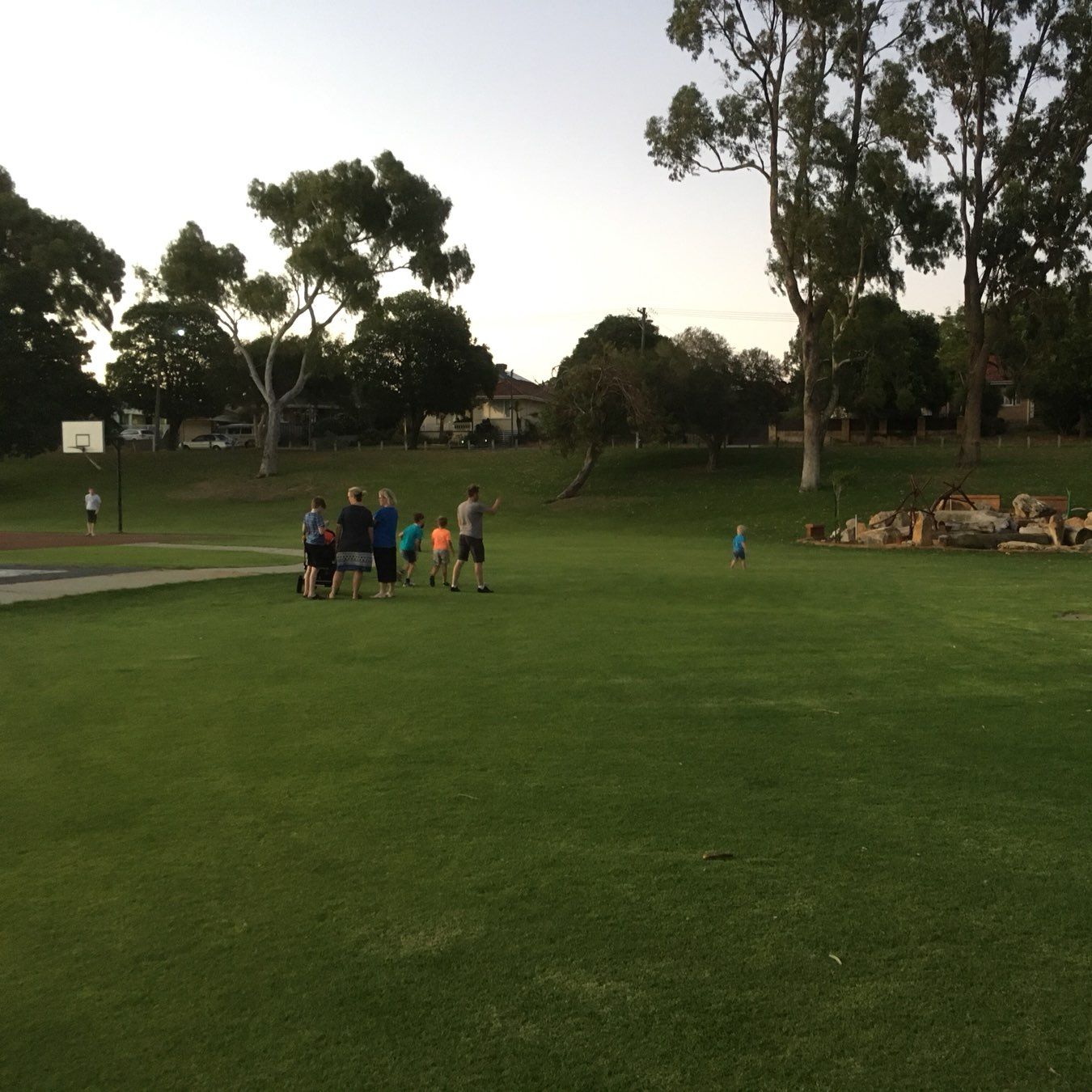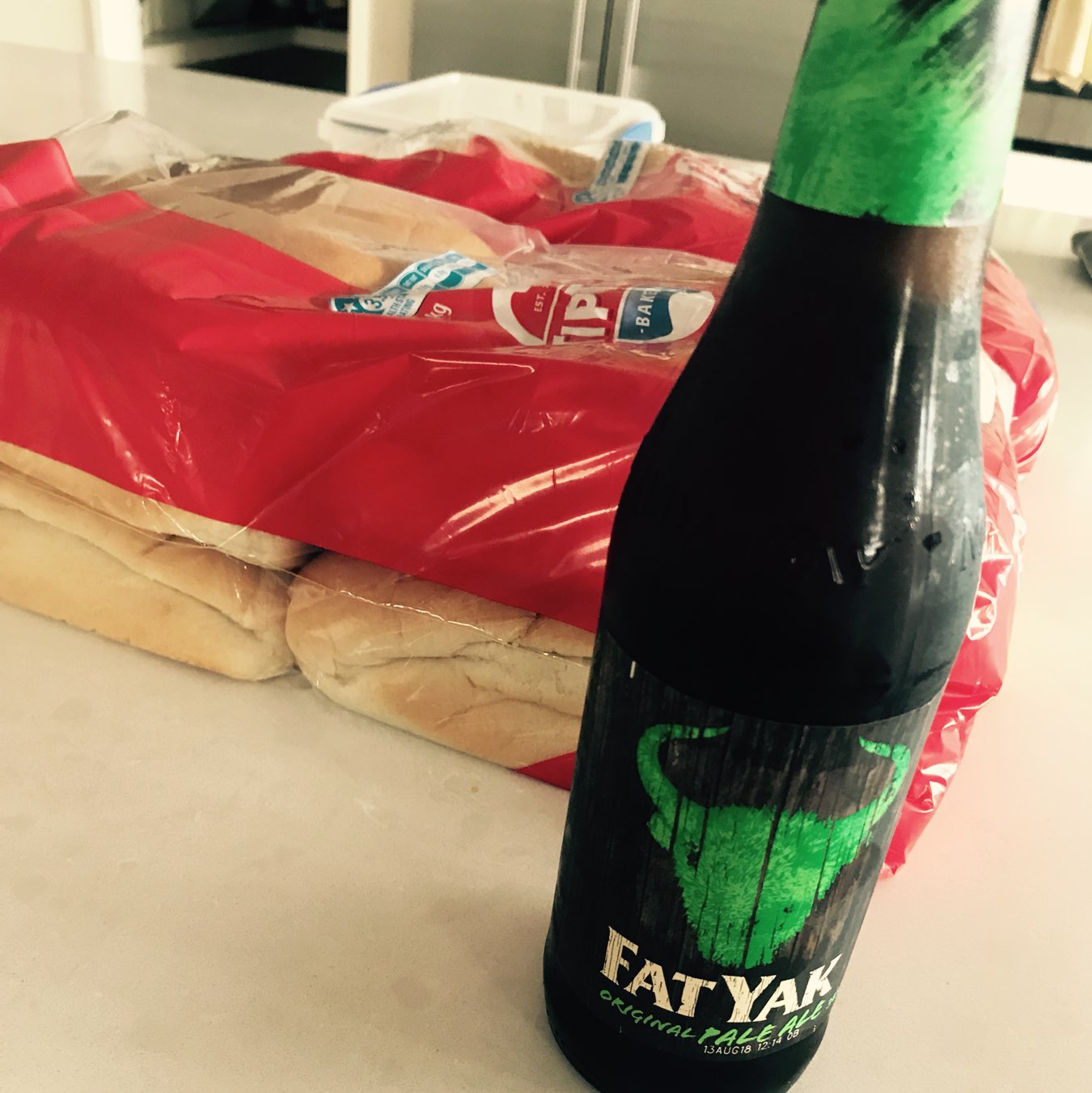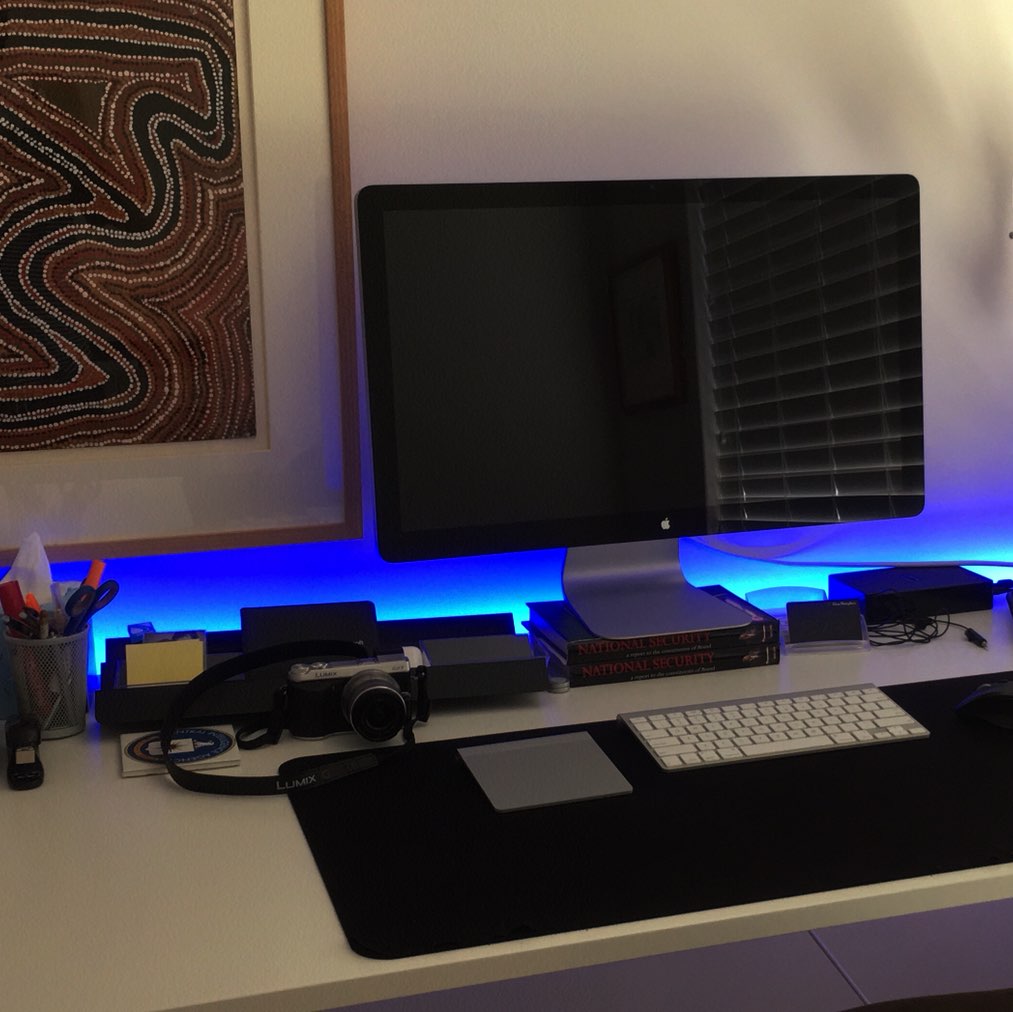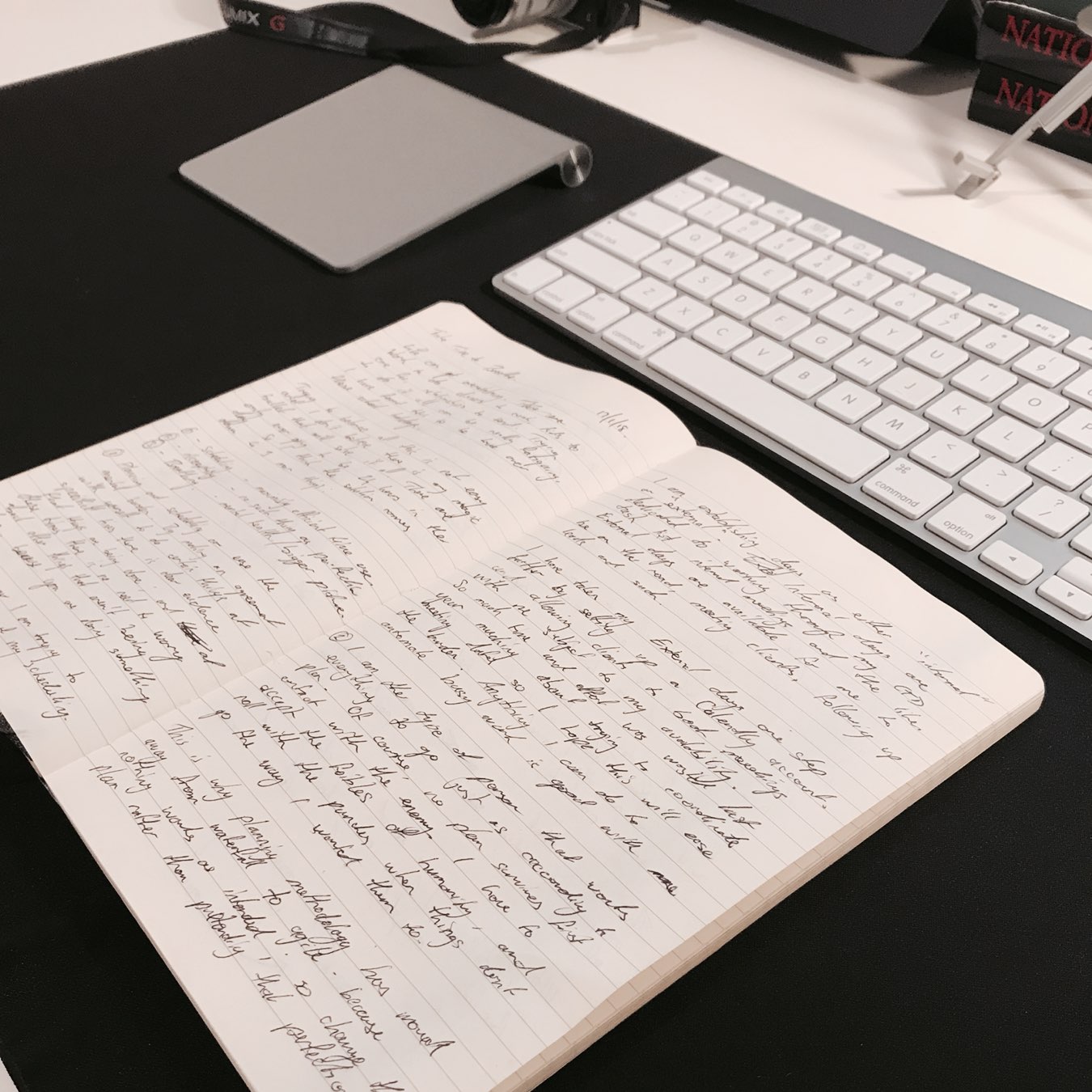The kid is leaving home.

The kid is leaving home.

I always find it interesting to see what apps people have on their iPad home screens, and how they have things arranged. So in the spirit of reciprocation, this is my iPad home screen at the moment.
I’m never entirely satisfied with my app layout, but this is what I’m running with now. I still don’t feel like I’m using the dock as efficiently as I could be.
That ChatMateforWhatsApp icon drives me mad with its ellipses. Couldn’t they just call it ChatMate? I also have an over abundance of email apps, but each one has different strengths.

Just updated my /now page
I had to buy a new printer today. There’s never any joy in buying a printer. The only good thing is that I no longer have to deal with the hassle of an inkjet as this time I chose a colour laser; the Brother HL-3170CDW. Doesn’t that name just roll off the tongue?
What a wonderful post by Brent Simmons, that eloquently sums up why I like the open web, and why I miss the way it used to work. inessential: Why Micro.blog is Not Another App.net
I am always searching for the perfect notes app, and the best way to integrate that into my workflow. I’m not sure I have found the former and I haven’t achieved the latter, but I keep trying. It’s ultimately a Sisyphean task, because there’s always another note taking app just around the corner which will constitute a new way of working with it. Nevertheless, I try.
With our proliferation of devices it’s no longer enough to have a decent desktop-based notetaking process. Access needs to be ubiquitous, and that means cloud sync. While a few years ago that would limit the candidates significantly, nowadays sync is the price of entry. When the iPhone arose and syncing was hard, the best option was Simplenote. This app used its own sync engine to provide lightning fast sync. I had a large number of notes in Simplenote, but it was convoluted getting them on my Mac, which required Dropbox and NVAlt - an app which I love the concept of but it never really grew on me.
Nowadays there are an abundance of options, such as Apple Notes, OneNote, Notability, OmniOutliner, and the list goes on. The problem with this is fragmentation. Taking notes is one thing, finding them again later is quite another. If I don’t have all my notes in one location, they may as well be lost. Plus that location needs to be available wherever I am and whatever device I have to hand. Spotlight search is useful, but I want to know where that note is, and I don’t want to have to trawl through search results to find it.
For the moment I have settled on Bear for notes. It syncs reliably across iOS and macOS, it supports Markdown syntax and can export into a variety of formats. It also looks really pretty.
Despite my use of Bear, I haven’t totally solved the fragmentation problem. I continue to use Goodnotes for handwritten notes taken with my Apple Pencil, DEVONThink Pro for reference material, and Ulysses for long-form writing. So stuff remains scattered.
And so my stone rolls back down the hill…
I’m awake earlier than usual and the house is quiet. That is a rare treat.
Currently in the midst of a blue blood super moon with an eclipse. That could double as a pretty cool sounding drink order. 🍸
I love my kids, but the fact that there is just one more day left of summer school holidays fills me with pure, unadulterated joy.
I’ve been experimenting with CRM software, as much to help manage my personal life and friendship groups as my work. Cloze seems the best option I’ve found so far. Unfortunately, it’s a fairly expensive proposition for something that won’t actively generate me money. HubSpot CRM is free, but the product itself seems pretty average. You get what you pay for, I suppose.
When I start looking around the web for software, I also get a bit disappointed that I chose to go with Fastmail for my email service. While all these CRM services have native integrations for GSuite and O365, poor standards-compliant Fastmail gets left behind. I’ve been able to get IMAP email to work, but not contacts and calendars.
Australia Day evening with family. 🇦🇺

🇦🇺 Happy Australia Day. 🇦🇺

I really want to like and be excited by the Apple HomePod, but it’s not doing it for me. I already have an AppleTV connected to great Energy speakers for Apple Music. I have Siri in a multitude of other places, and a Google Home mini. Don’t think I have a place for the HomePod.
Despite this being the era of peak TV, I’ve never been less interested in watching TV.
Question: Herman Miller Embody or Steelcase Gesture for only 2/3rd of the price of the Embody?
LED desk backlighting installed.

I was at the library with my kid today, and serendipitously saw The Organized Mind on the shelf, so picked it up. I wonder if it will be any good? 📚
I wrote the first draft of this blog post in my notebook this morning, sitting on the bank of the Swan River. I think that’s what pushed my mind in the direction of the topic I wrote about.

Life can get overwhelming. Work to do, dinners to cook, kids to care for, relationships to tend. Trying to do it all can be fatiguing. I have found this to be particularly true over this current long school holiday break, where the presence of children and their needs are incessant, but the other parts of life still need to be managed.
Trying to balance it all is not easy, and I don’t believe there is any magic bullet that will solve it all. There are only ever going to be 24 hours in a day. So I think the best response to the pressure comes down to 3 main things1:
Planning and scheduling can ease the mental burden. By making an agreement with yourself to do certain things at specified times there is clear evidence that time is being utilised to effect and things are getting done. At these times there is no need to worry about all the other things that aren’t getting done in the moment because at least you are doing something.
Personally this year I am trying to improve the structure of my scheduling. I am establishing days as either internal or external. Internal days are dedicated to working on the tasks I have recorded in OmniFocus, following the general Getting Things Done approach to task management. I will also use this time for internal meetings, planning and the like. External days will be available for me to get out on the road, visiting clients, following up business development opportunities, and networking.
I have taken my management of External days one step further by setting up a Calendly account. This service allows me to permit clients to book meetings with me directly, subject to my availability. Calendly knows the days I have set as External, and it knows when the slots I have made available are taken up, preventing them from being double-booked. Much time and effort was wasted last year mucking about with the to and fro of trying to coordinate meeting dates, so I hope this more automated approach will ease the burden.
I am the type of person that wants everything to go just as according to plan. Of course, no plan survives first contact with the enemy. I have to accept the foibles of humanity and roll with the punches when things don’t go the way I wanted.
This is why planning methodology has moved away from ‘waterfall’ to ‘agile’ — because nothing works as intended, so change the plan rather than pretending that perfection is about to occur.
In the chase for productivity at the micro-level, it is easy to lose context. Really, in the grand scheme of things, it’s highly likely that none of what we are doing actually matters that much. Now, this is not me promoting nihilism, because what we do does matter to those in our circles. What I am saying is that there are going to be few times where there is not sufficient slack in the timeline to pause; to take a time-out. In this moment, breathe.
Go outside, take a walk, talk to a friend, pray, meditate — just do something different and unrelated to the task. Taking a break will freshen the mind and offer an opportunity to perceive that larger context. The thing that was causing stress may suddenly not seem quite so significant afterwards.
Ultimately, having a sound and stable mind will allow a focus on scheduling and facilitate acceptance of what can and cannot be achieved. It’s a virtuous circle.
Not quite the perfect crime.
